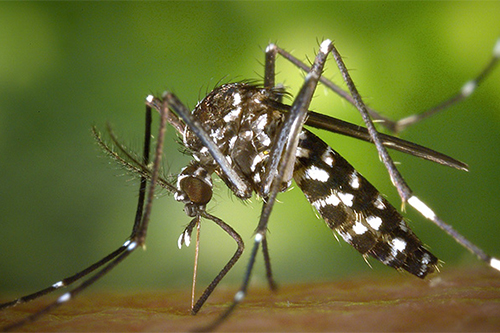Mosquito bites are more than just an itchy, uncomfortable nuisance. The insects spread disease and cause a variety of nasty illnesses. Preventing mosquito bites means taking a two-pronged approach: defending your personal space from the buzzing invaders and preventing them from congregating around your home.
Personal Space
Avoiding mosquito bites can be simple enough if you take a few common sense precautions whenever you intend to be outdoors during the spring and summer- peak mosquito season. Wear a bug repellant containing Deet for best results. When used according to the instructions, it’s safe enough for use even on children. Apply bug repellent to clothing and use your hands to apply it to the face and neck areas. Wear long sleeves to protect your skin from mosquitos, especially when walking or hiking through wooded areas. Avoid shady patches, especially during the early mornings and evenings when mosquitos are most active.
Clear Breeding Spaces
Mosquitos require standing water in which to lay and hatch their eggs. Early in the spring, walk through your yard and property and examine the area for any standing water that might offer mosquitos a haven. Turn over any containers that could collect rainwater and remove old tires and other debris that can provide breeding grounds. Empty or treat pools and consider having a professional service spray the area to reduce the population.
Trim the Lawn
Mosquitos love shady, damp spaces and are attracted to hedges and other low-growing brush. Be sure to keep bushes well-trimmed and away from the house. Consider having a professional evaluation of your property. Professional exterminators can point out potential breeding and gathering points that attract mosquitos and recommend treatments that are safe for children and pets but that will discourage the insects from swarming on your property. Enjoy your outdoors this summer, and evict any insect pests before they have an opportunity to settle in.



